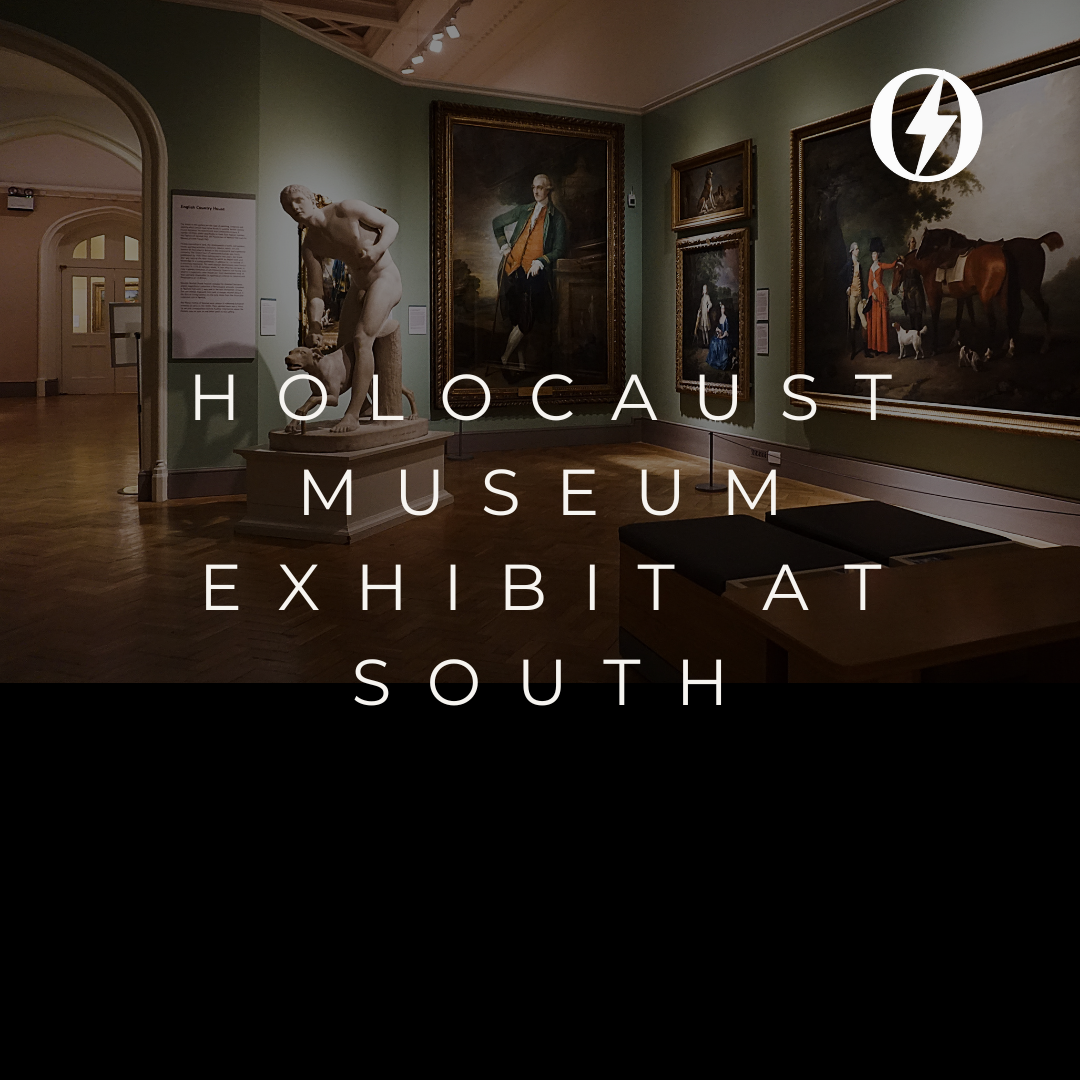Advanced Placement (AP) European History classes at South are given only 90 minutes to teach the Holocaust, and from past experience, Nick Morley, Social Studies Teacher, has always found it impossible in a traditional classroom lesson. To amplify the learning, Morley created a unique way of teaching the Holocaust outside of the classroom and textbooks.
Located in the Lyceum, the Holocaust museum was open to U.S History classes of any level, as well as all AP European History, from March 19-21. Explaining the Holocaust with 33 exhibits, the museum incorporates pieces and quotes from Holocaust books, images, and documentary clips. The exhibits started by portraying early anti-Semitism, following with the developments of the Holocaust, and ending with the idea of preventing the Holocaust and mass genocides from happening again, Morley said.
In the past, Morley has created smaller versions of the museum, but this year is the largest one yet. Even though the exhibits go into detail about the Holocaust, it only scratches the surface of the history.
“This year, I’ve increased its [the museum’s] size by three or four times,” Morley said. “This is a much larger and more ambitious project than anything else I’ve done [with this] lesson.”
AP European History and U.S History students walked through the exhibits with their classes, including AP European History student, sophomore Daniel Yoon, who found the museum to be an eye-opening experience that added to the in class lessons. Yoon appreciated the perspective he gained from the museum exhibits.
“The various perspectives from survivors, soldiers, and everyday people who were involved [made the museum] better than a regular lecture,” Yoon said. “It gave me a more personal understanding of the Holocaust, showing not just the historical facts but the human experiences behind them.”
Sophomore Megan Tan was moved by the extreme courage in the resistance against the Nazis.
“As the last survivors of the Holocaust pass away, the emphasis on such a tragedy dissipates,” Tan said. “The Holocaust exhibit is a way to honor the survivors and remember the dead for centuries beyond today.”














